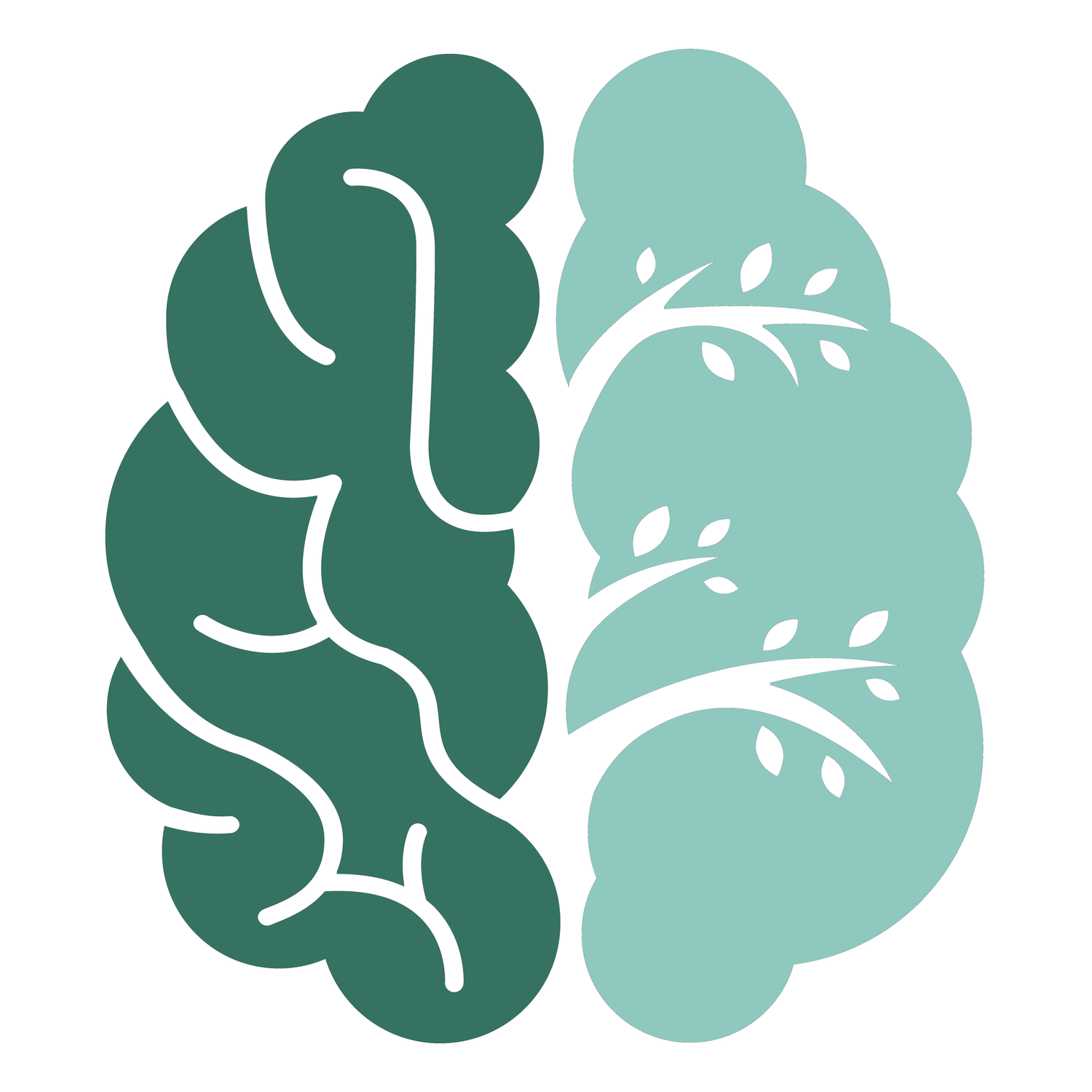Parkinson’s Disease
Even though Parkinson’s Disease (PD) is a progressive disease, it's still possible to improve your function and mobility!
Exercise is medicine for people with Parkinson's Disease.
Treatment may include:
Gait Training: Gait training refers to exercises that will improve your ability to walk. This also includes exercises and strategies to reduce freezing of gait, reduce shuffling, and improve bradykinesia or hypokinetic movement (slow or small movements). Gait training usually involves balance training as well.
Aerobic exercise: Aerobic (cardio) exercise helps to improve your endurance, reduce motor disease severity, and improve functional outcomes! (Among many other benefits)
Progressive Resistance Training: Resistance training can help reduce motor disease severity, improve your functional strength and power (think things like ability to carry your groceries, pick up your kids/ pets/ grandkids, and get on and off the floor or up from low chairs), improve non-motor symptoms, and improve overall quality of life.
Balance Training: Balance training is important to reduce your risk for falls, improve your overall mobility, and improve your confidence!
Task specific training: This training is unique to you and what you need to work on! Do you have trouble getting in/ out of bed, walking through doorways or tight spaces, or trouble getting dressed? These are just a FEW examples of things we can work on in physical therapy!
Posture and Flexibility: Therapy will also address changes in posture and flexibility to help optimize your function!
Bloom PT can help:
If you're having trouble walking through doorways, over thresholds, in tight spaces, or in crowds.
If you feel like your feet get stuck to the ground, or like you're walking through thick mud.
If you've had a fall or feel unsteady or off-balance throughout the day.
If you have trouble getting on and off the floor, getting in and out of bed, or standing up from chairs.
If you're experiencing more and more stiffness or noticed a change in your posture.
If you're not sure how to start exercising or which exercises would provide you with the most benefit.
If you're having trouble keeping up with others.
If you're having trouble doing daily tasks like cooking, cleaning, or getting dressed.
If you'd like to be proactive and learn exercises to help you to maintain function and slow disease progression.
If you feel like you're less active than you used to be and would like to get back to things like hiking, biking, recreational activities, walking your dog, playing with grandkids (or anything else!)
If you or others have noticed a change in your gait (walking) or balance.
If you'd like to work with an experienced Doctor of Physical Therapy who will take the time to listen to all of your concerns and design a specific program to meet your needs.
What is Parkinson’s Disease?
Parkinson’s Disease is a neurodegenerative disease the affects the dopamine producing nerve cells in a specific area of the brain called the substantia nigra.
Although Parkinson’s Disease is progressive, physical therapy and exercise can help to improve symptoms, improve your function and mobility, and slow disease progression! Exercise is medicine when it comes to Parkinson’s Disease!
Common symptoms of Parkinson’s Disease:
Tremor
Bradykinesia or Hypokinesia (slowness of movement)
Walking, mobility, and balance problems
Stiffness
Non-movement symptoms can include trouble with speech and swallowing, depression, apathy, fatigue, orthostatic hypotension, dizziness, cognitive changes, dementia, anxiety, sleep disorders, loss of smell, constipation, hallucinations, among others.
You can learn more at The Parkinson’s Foundation
Treatment tailored to you
No two individuals present exactly the same way. We believe it's imperative to provide individualized care that's evidence based and specifically designed for you. This means that you won't be given a cookie cutter program. Our one-on-one treatment model allows your therapist to reassess and adjust your plan at any time to meet your needs.
Your therapist has training in the LSVT BIG program, and also incorporates concepts from the PWR! Moves program, as well as years of experience working with people with Parkinson's Disease.




